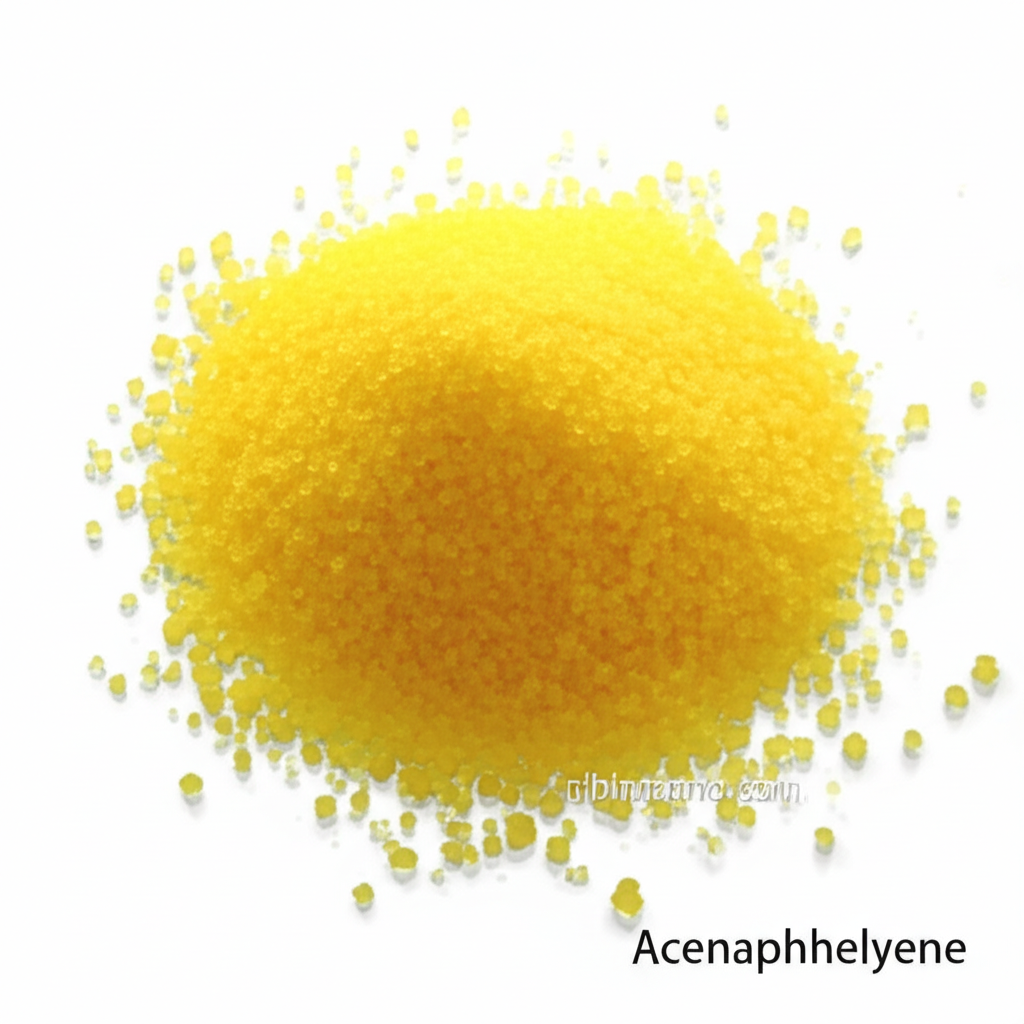Acenaphthylene: Synthesis, Properties, and Applications in Organic Functional Materials
Discover the intricate world of Acenaphthylene, a versatile chemical compound driving innovation in organic electronics and materials science. Explore its advanced synthesis, unique properties, and diverse applications as we delve into its role as a critical building block.
Get a Quote & SampleProduct Core Value

Acenaphthylene
Acenaphthylene is a pivotal polycyclic aromatic hydrocarbon (PAH) that serves as a fundamental building block in the synthesis of advanced organic functional materials. Its unique structure and reactivity make it an invaluable intermediate for creating compounds with tailored electronic and optical properties. As a reliable supplier in China, we are committed to providing high-purity Acenaphthylene that meets the stringent demands of materials science research and development.
- Understanding the nuances of acenaphthylene synthesis reveals pathways to novel organic semiconductors.
- Exploring acenaphthylene applications showcases its role in advanced optoelectronic devices.
- The study of acenaphthylene properties highlights its potential in creating next-generation materials.
- Investigating the PAH environmental behavior is crucial for responsible chemical management.
Key Advantages Derived from Acenaphthylene
Advanced Synthesis Routes
Leveraging cutting-edge tandem C–H annulation reactions, the synthesis of Acenaphthylene-containing polycyclic aromatic hydrocarbons (AN-PAHs) is made more efficient, opening doors to a wider array of functional materials.
Tailored Material Properties
The inherent structure of Acenaphthylene allows for precise tuning of electronic and photophysical properties, making it ideal for applications in organic electronics and specialized material development.
Broad Application Spectrum
From dyes and insecticides to sophisticated organic semiconductors and materials for optoelectronic devices, Acenaphthylene's versatility ensures its relevance across multiple industries.
Key Applications
Organic Synthesis
Acenaphthylene is a crucial intermediate in various organic synthesis pathways, enabling the creation of complex molecular structures and advanced materials.
Organic Electronics
Its unique electronic structure makes Acenaphthylene derivatives highly sought after for applications in organic light-emitting diodes (OLEDs), organic field-effect transistors (OFETs), and organic solar cells (OPVs).
Material Science Innovation
Acenaphthylene serves as a fundamental building block for designing novel π-conjugated systems with tailored photophysical and electrochemical properties.
Environmental Monitoring Standards
As a polycyclic aromatic hydrocarbon (PAH), Acenaphthylene is utilized as a reference standard in analytical chemistry for environmental monitoring, particularly in water analysis.
